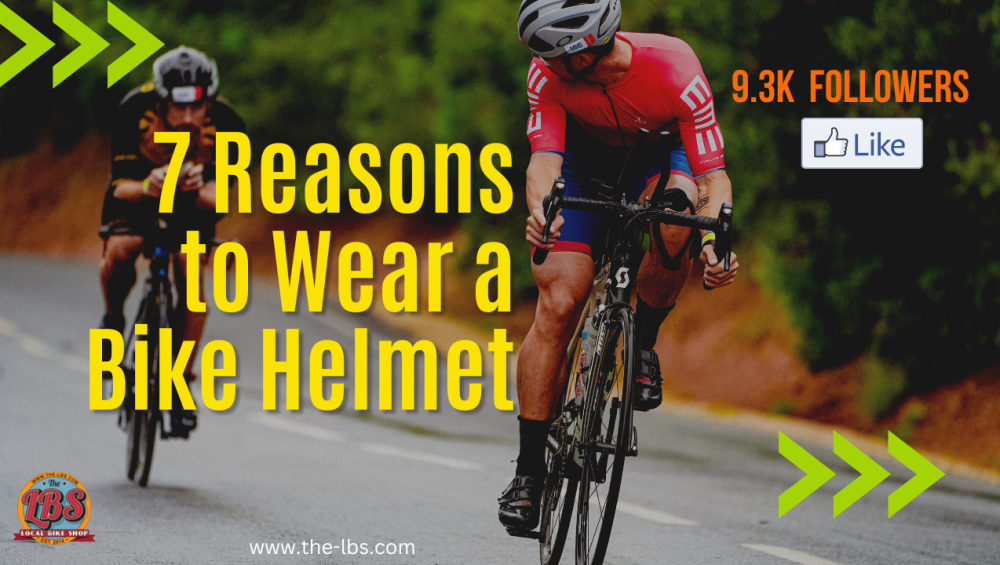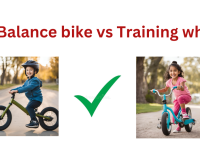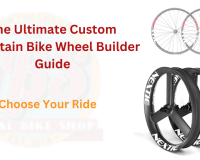Bike safety depends on wearing a secure bike helmet. When cyclists don’t wear bicycle helmet during their rides, they are more likely to suffer a head injury. It is said that a road-related accident kills 800 cyclists in the United States every year. Hence, the non-compliance with bike safety regulation leads to most of these injuries.
In this article, we share the reasons why one should wear helmet while taking mountain bike ride and how do we pick the right head gear, so stay tuned!
Can anyone ride a bicycle without a helmet?
Helmets are mandatory for all cyclists. It is always advisable to wear a helmet for protection while riding, regardless of age.
The only reason why we are focusing on wearing the gear is that very fewer people are likely to die from bike accidents during crash situations.
Here in this article, we talk about why you should wear a helmet and how you should choose the correct helmet for your head.
7 Reasons to wear a bike helmet when riding mountain bike
Very few countries have laws regarding wearing helmets, even though almost all countries have strict laws. It is rare for cyclists to wear the head protector, even in countries with strict cycling helmet rules.
Numerous studies have shown that helmets could have prevented more than half of cycle accidents.
Bicycle helmet reduce the risk of head injuries caused by falls on the head. Usually designed with a polystyrene lining that crushes when dropped and an inner foam lining that absorbs the impact of the fall, these helmets protect the head when dropped.
Here are seven significant benefits of wearing a bike helmet.
- Those just learning to ride a bicycle have less control over it and are more likely to fall. Helmets provide them with safety assurance and the confidence to ride faster.
- If there is a sudden break while cycling at high speeds, it can fall headfirst. Wearing a helmet can prevent you from suffering inevitable consequences.
- The most careful rider can still have an accident regardless of how careful they are. Research has shown that helmets reduce the intensity of injuries by a significant amount.
- It is a requirement in many states that cyclists wear helmets while riding their bikes.
- When riding in hot weather, a helmet can keep you cool.
- Motorists can see you better if you wear a bicycle helmet.
- In addition to protecting you from the sun, bicycle helmets can help you stay cool.
What are the types of helmets & usage?
If you ride in the city, country, on the road or all-terrain, you will need a different kind of helmet. There are other helmets for various disciplines. Safety requirements apply to all helmets so that the same level of protection is guaranteed.
CITY AND HYBRID BIKES –
Most helmets are made of ABS, an extremely durable plastic, which can be stored in baskets or mounted on handlebars. Several helmets have places where a VIOO Clip can be attached, which shows other road users where you are.
ROAD BIKE HELMET –
Well ventilated, lighter, and well-fitting.
These three criteria make the very best helmets (the weight may be slightly lower if the helmet has fewer options for wearing it).
You shouldn’t just consider the number of vents; the ducts’ location is also essential.
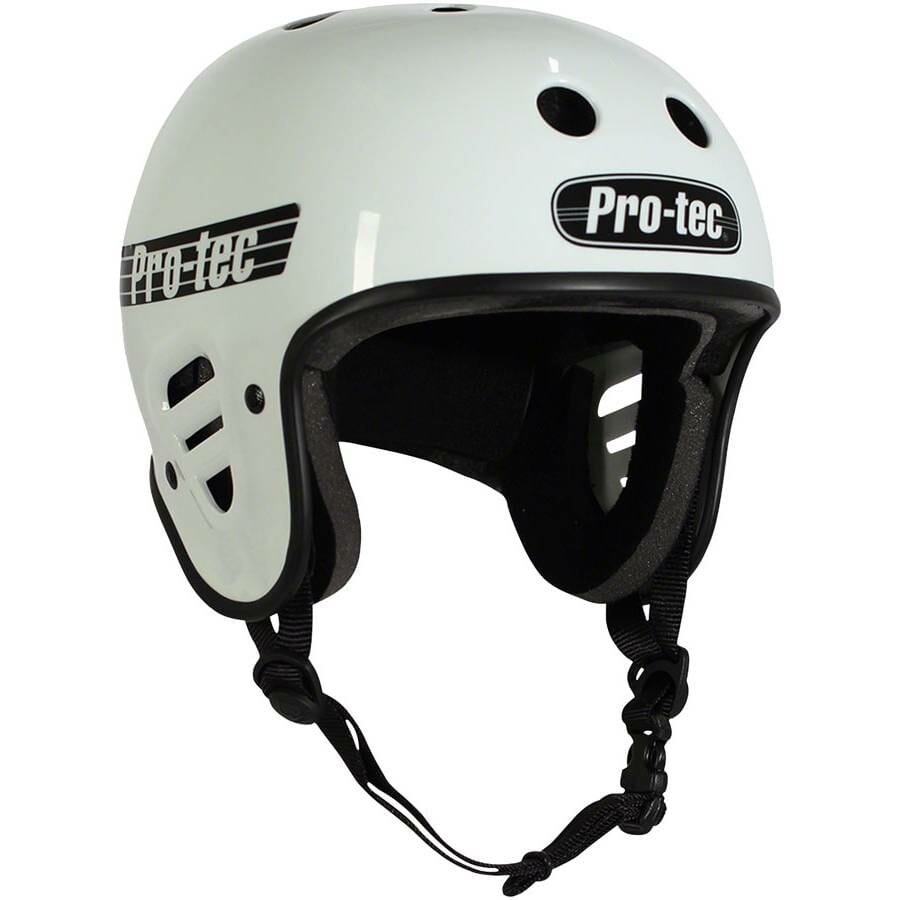
KIDS HELMET –
It will be appropriate for most children up to about nine years of age. Helmets are required for adults over the age of 10.
Kids’ cycling helmets are more compact and shorter at the back, which makes them easier to fit into child seats. Children riding balance bikes can also wear this type of helmet.
A child’s helmet resembles an adult helmet from three to nine years of age. Your child’s helmet should have a back adjustment wheel to fit best.
MOUNTAIN BIKES HELMET –
As with road cycling helmets, it has similar characteristics. It must also cover your head to prevent you from falling, for falling while riding mountain bike is more likely.
Further, a visor will also protect your eyes if you wear one. If you don’t have one you can explore the range of MTB accessories at The Local Bike Shop.
How to choose the right kind of bike helmet for your riding safety?
Wearing a bike helmet is a no-brainer if you’re reading an article on how to choose one. It is common sense to wear a helmet whenever you ride; some places even require them. The U.S. needs all helmets to meet the same impact protection standard, but you might want to consider a few additional factors when shopping.
Measure the size:
First, you need a good measuring tape to determine the correct size. A flexible headband that moves quickly around the head.
Typically, the head’s largest and most comprehensive part is above the eyebrows and ears, so wrap the tape there first. Make sure you don’t pull too tight, then take an accurate measurement. According to our rule, you should measure twice and fit once. Double-check your size to ensure it is correct.
Make sure the helmet you choose fits your measurements. Below you will find a range of sizing specifications to assist you in selecting the fitting helmet for your needs.
Generally speaking, the following parameters should be considered:
Extra-small: below 20″ (51cm)
Small: 20″–21.75″ (51cm–55cm)
Medium: 21.75″–23.25″ (55cm–59cm)
Large: 23.25″–24.75″ (59cm–63cm)
Extra-large: above 24.75 (63cm)
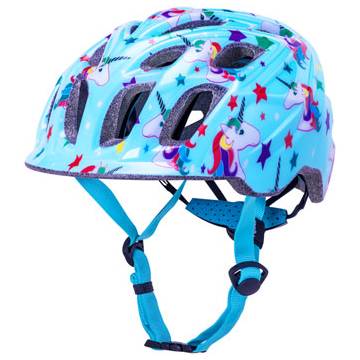
Get a feel for it
Put on your new helmet after receiving it. You should wear the helmet level on your head. You should wear a helmet that sits one inch (or less) above your eyebrows, protecting your forehead. It is possible to adjust the helmet’s fit using its retention system (usually a ratchet system or click wheel in the back).
Snugly-fitting helmets are recommended. Your helmet mustn’t fit too tightly. If there are any pressure points on the helmet, it may be too small.
Be sure to buckle up
Make sure the chin strap fits but is comfortable underneath your chin. Between the strap and your chin, you should be able to fit one finger. When the straps rest under each ear, they should form a “V”. You should open your mouth wide with the chinstrap buckled. You should feel the helmet pressing against your head as you wear it.
Shake Test
Rotate the helmet sideways and backwards. You may need to adjust the helmet using the retention system if it seems to shift noticeably.
During the shake test, the helmet should not change position more than an inch once you have found the perfect fit.
Make yourself ride ready
Ensure that your bike helmet fits correctly before riding.
During use or travel, straps and retention systems can loosen. Always check your adjustments before each ride.
When you wiggle your head or push with your hand, your bike helmet will tell you whether it is ready to go or needs to be adjusted. Your helmet’s fit can change due to temperature change and sweats during a ride. Be sure to familiarize yourself with each adjustment option before you ride, as you may need to make minor adjustments as you go.
What is the right time to replace a helmet?
Any helmet should be replaced after five years, even if you haven’t been in a crash.
It is always a good idea to assume that a helmet involved in an accident will be damaged because it was designed to absorb a single impact.
Due to pollution, UV light, and weathering, critical components can weaken over time. Buy a new one regardless of how it looks.
Conclusion
A bicycle helmet is now an essential part of your overall cycling gear that shouldn’t be overlooked.
As outlined above, you need one to protect yourself from bad weather and safeguard your safety.
A helmet enhances your overall aesthetic appeal, increases your visibility on the road, and sets an excellent example for other cyclists.
As a mountain bike manufacturer and distributor, we also offer cycling, equestrian, climbing, and paddling accessories. Our bicycle helmets will protect you from harm, so give us a call today!
FREQUENTLY ASKED QUESTION (FAQ)
What are the benefits of wearing a helmet?
Those reasons alone make helmets mandatory for all riders, including adults. Nevertheless, it’s a law for kids as well. Bicycle, skateboard, scooter, or roller-skating helmets are compulsory for all people under 18 or above in most of the states of USA. You can check the cycling laws.
Bike helmets are essential. Why should you wear one?
Bicyclists end up in hospital emergency rooms about 500,000 times yearly in the United States. Injuries and deaths involving the head and face account for about two-thirds of the deaths. Wearing a helmet reduces the chance of a bicycle rider suffering a head injury by 85 per cent.
What are the benefits of bike helmets?
The use of bicycle helmets can reduce the risk of bicycle-related head injuries by 52 to 60 per cent (both for adults and children), as well as nonfatal head and scalp injuries by 68 to 85 per cent, and upper and middle face injuries by 65 per cent, even if they are misused.
What is the reason people don’t wear helmets?
Studies have shown that wearing helmets make people take more risks, which can result in accidents. Wearing a helmet will not prevent life-threatening injuries. People may avoid wearing them because they think they look uncool.
However, the helmet absorbs most of the impact energy during a fall or collision, rather than causing injury on your head and brain, so you are less likely to suffer a severe brain injury. The importance of wearing a helmet is not only about wearing one but also protecting and safeguarding your head.

